Aprilia Tuono 660 Review
Words by Wayne Vickers – Images by RBMotoLens
What a roller coaster. Without doubt this is the most dramatically that my opinion has changed on any bike over the course of me reviewing it, since I started doing these motorcycle tests for Trev. The Aprilia Tuono 660 is an exercise in fine tuning, in adapting to the bike and getting it adapted to you.
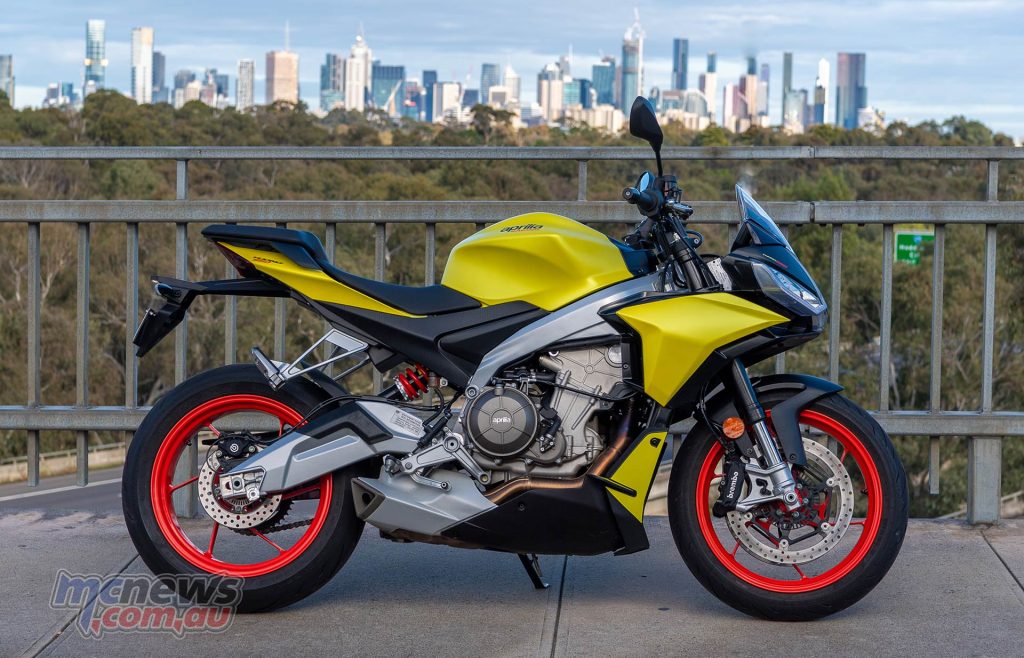
Only then will you see its potential. There’s a good thing there, but you have to find it. In this case I will share my journey of discovery, because if you’re reading this, chances are you’re interested in the little Tuono, and I want to be sure that if you do manage to nab a test ride, you won’t get the wrong impression.
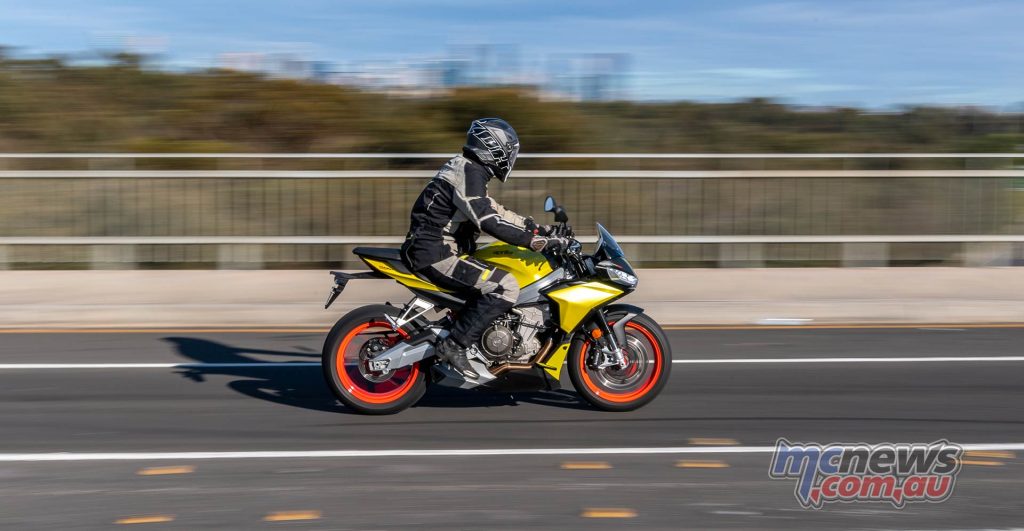
Let’s do a quick Tuono 660 recap from the brochure first, for those unfamiliar with the V4s little brother.
- While sadly not equipped with a small V4, it does come with Aprilia’s tasty new 95 hp, 67 Nm, 660 cc parallel twin.
- Six-speed gearbox, quick shifter and slipper clutch.
- Wrapped up in a fairly svelte 183 kg ‘wet’ chassis.
- 15 L tank for a 300 km range.
- 41 mm diameter (110 mm travel) Kayaba USD forks with adjustable rebound and preload just like the rear shock which has 130 mm travel.
- The now expected APRC ride modes (Commute, Dynamic and Individual which can be customised), TC, ABS, etc, etc.
- Lovely styling. It really does look terrific from most angles. Front three quarter is exceptional. Love that mini fairing proportion.
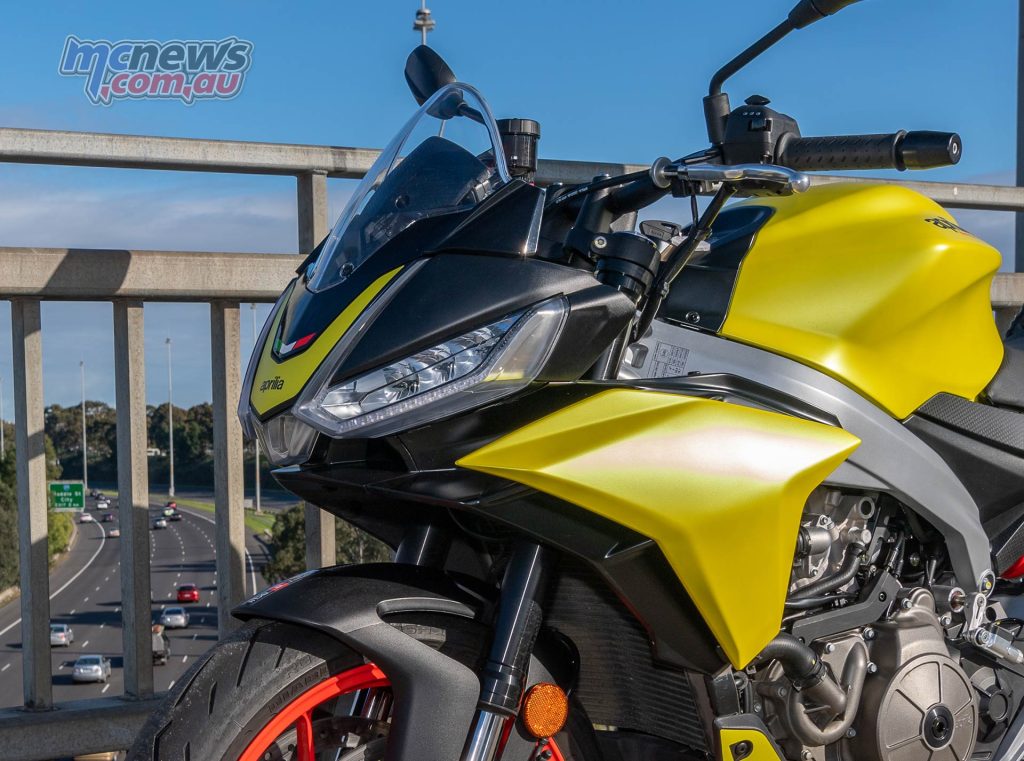
Now. Let the journey commence…
You see my expectations were admittedly high. The last Aprilia I’d ridden was a later gen RSV4 that I really quite liked at the time. Knowing how highly rated the Tuono V4 is and the acclaim the RS 660 has received, I knew there was going to be some substance to the Italian manufacturer’s latest addition to the ‘Sports Naked’ family.
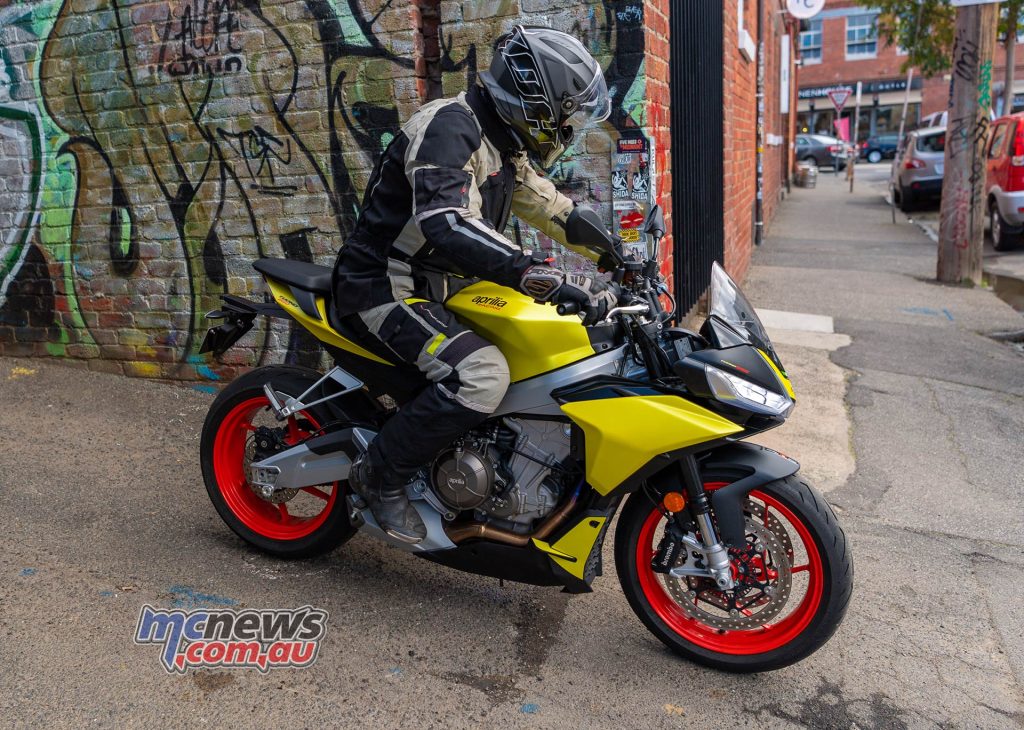
Imagine my surprise then, when my initial impressions were less than superlative. While there were some obvious strengths straight from the get go – great styling, strong engine, good controls, nice ergos – they were thoroughly overshadowed by a bewilderingly soft suspension set-up from the factory, and some very touchy fuelling, particularly on the transition from constant throttle to deceleration.
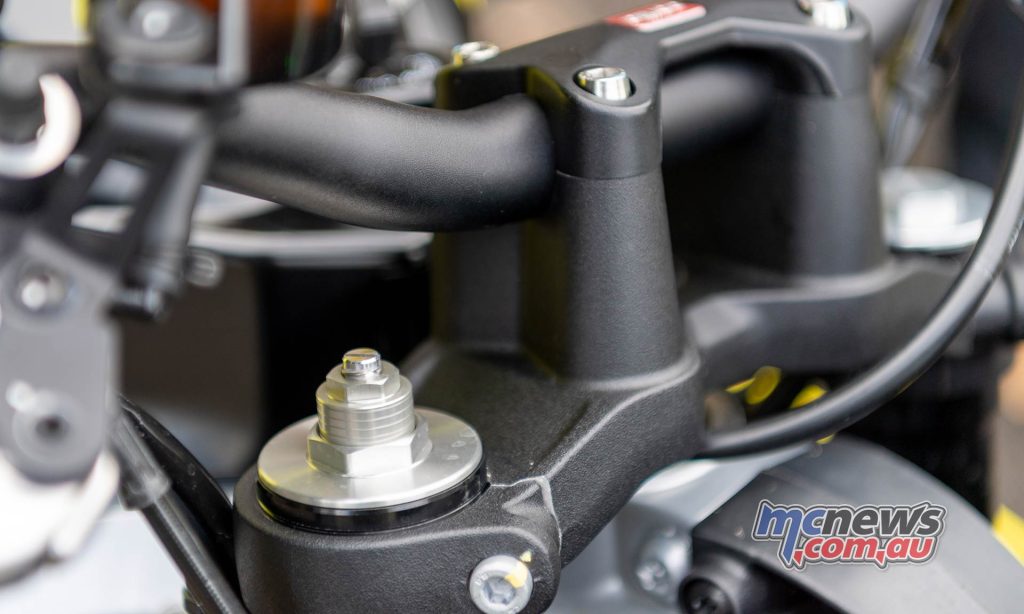
Even in a straight line, hard hits weren’t being soaked up, but were instead coming straight through to me after not being controlled by very underdamped suspension. But worse still, cornering was vague and unsettling once a few bumps were thrown in.
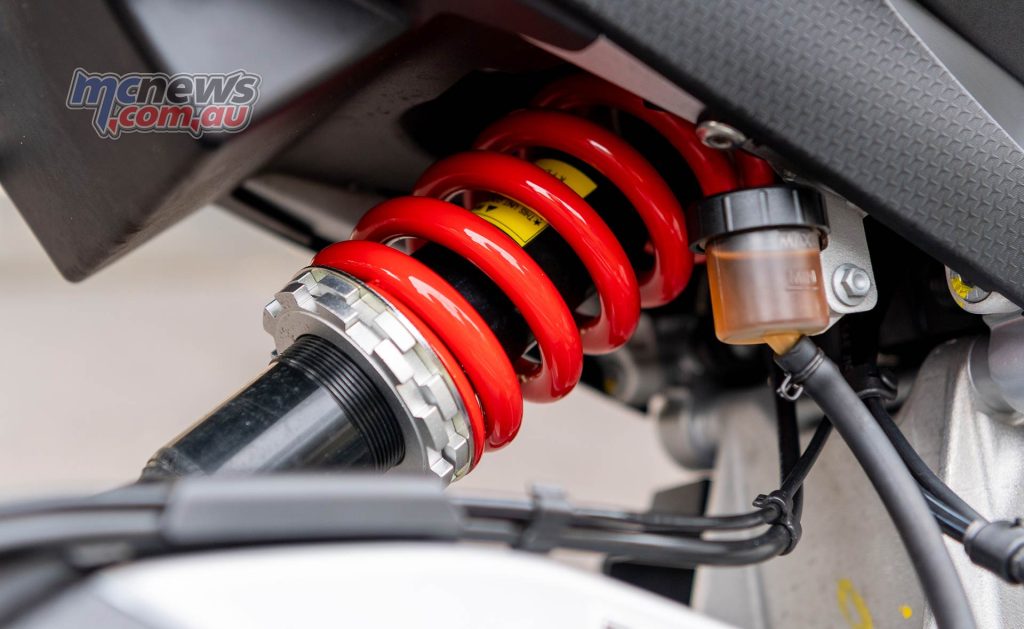
The Tuono 660 would pitch back and forth and generally wasn’t a pleasant place to be. As a result, you weren’t encouraged to explore the limits much at all… which put you into nanna mode and dropped the revs, which as I later discovered, only exacerbated the fuelling issue… Among commuter traffic it was a snatchy unpleasant thing. Crikey… not a great start.
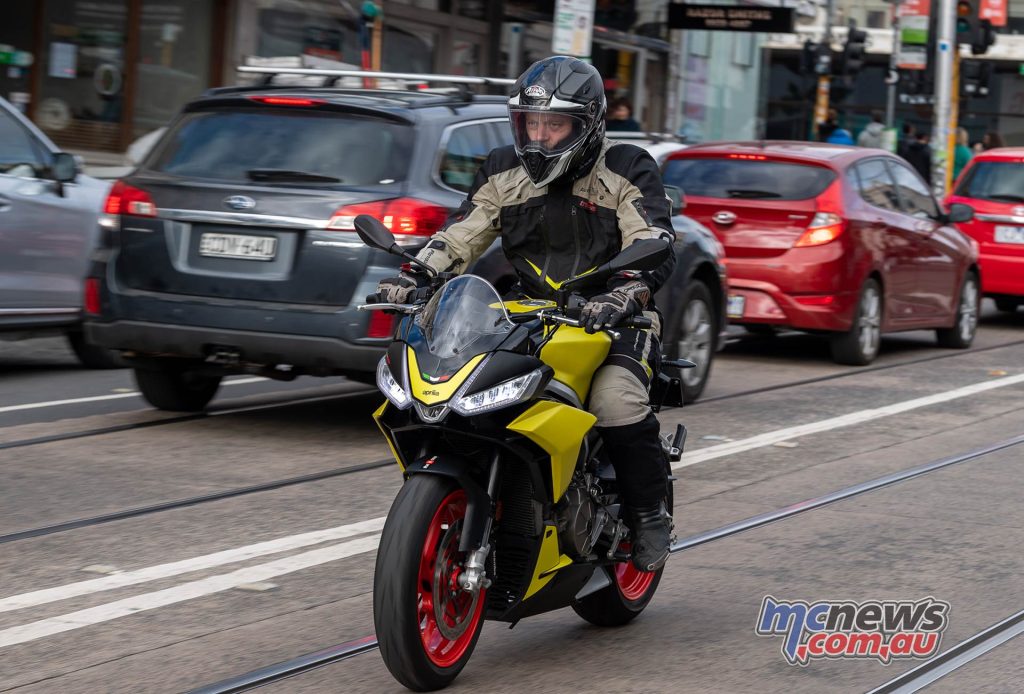
It took me far longer than I should admit to before it came together. I generally try and leave the bikes I review on standard settings for a while to try and recalibrate my riding to the bike a little before I tweak the clickers. So after several rides I set myself upon the front suspension.
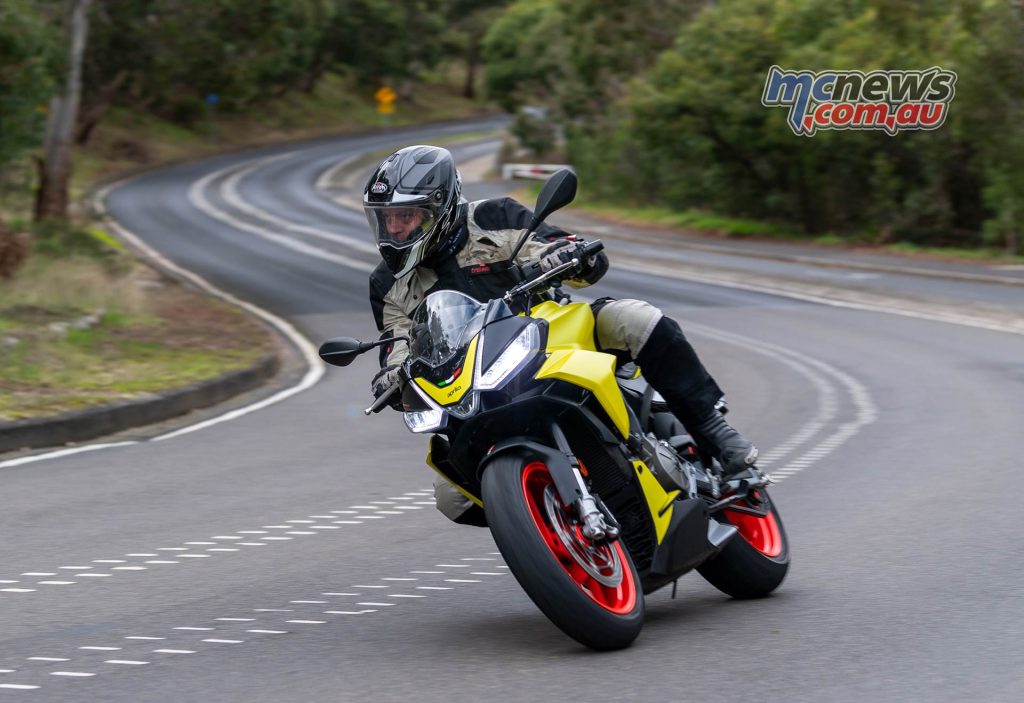
A little more damping and moving the pre-load from its lightest setting to mid-way (yes the factory default is 0), was nothing short of a revelation. It utterly transformed the handling. Turn in was now precise and linear instead of falling in without real feeling. Feedback and stability mid corner were now what I expected they should have been… ok, now we’re getting somewhere, what’s next.
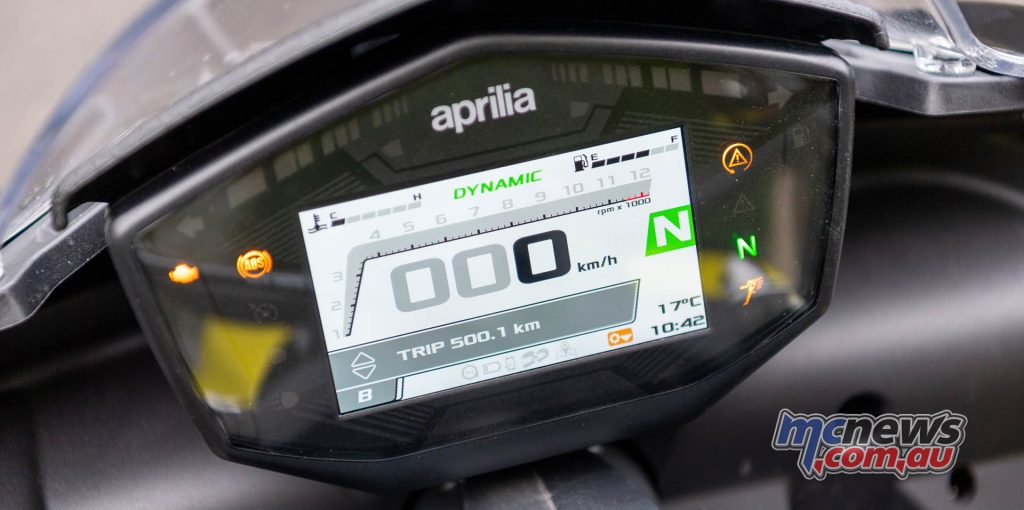
And so then I started messing with the electronics to find a setting I liked. Commute was a better map than Dynamic in terms of snatchiness, but I moved to the Individual mode so I could adjust parameters. Backing the engine map and engine braking off to their least aggressive setting helped with the fuelling, without dropping power.
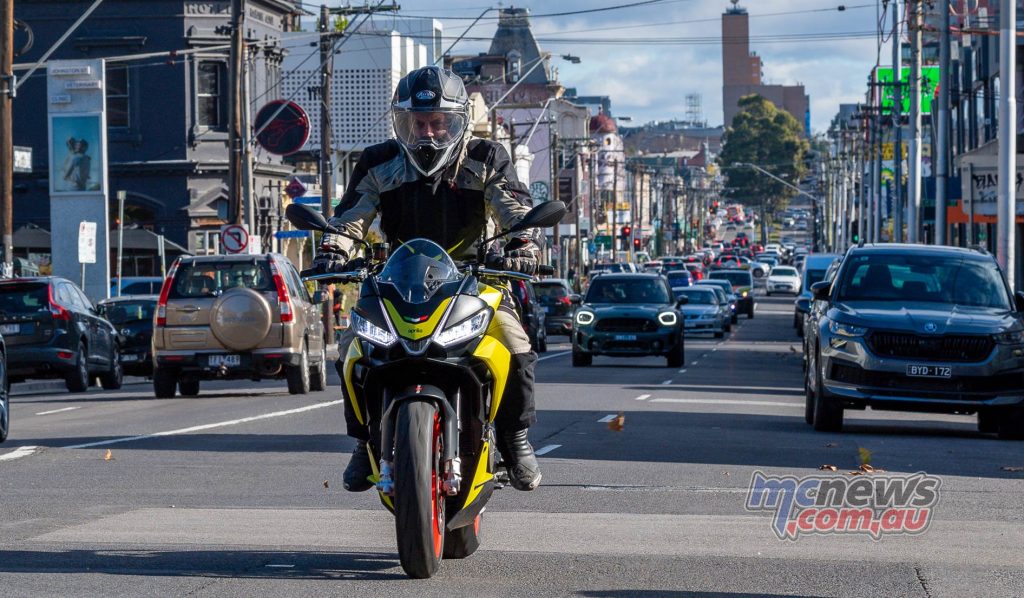
That happened to coincide with a realisation that keeping the 660 parallel twin above four thousand revs had a dramatic impact in reducing snatchiness too. I wasn’t expecting that. Most modern fuelling is pretty good these days, but this little beastie has a bit of old school ratbag about it…
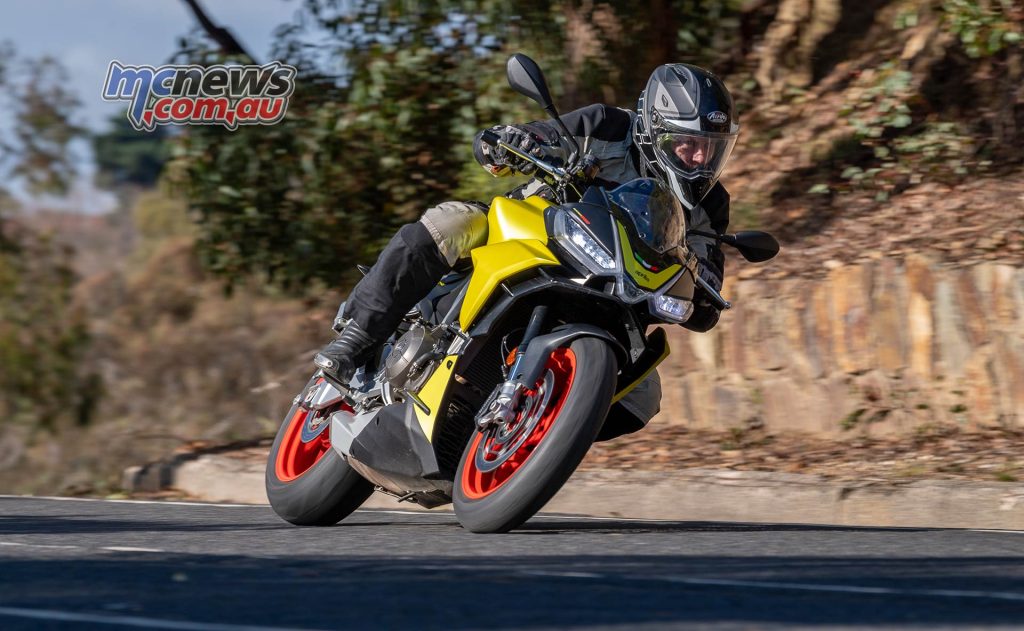
I had been tootling along in traffic using the bottom end and would often find myself in the three to four thousand rev range and it was a snatchy, lurchy thing. It wasn’t so much of a problem away from traffic, where you are on your own and setting your own pace, but when having to match traffic speeds and constantly adjust slightly up and down it was aggravating. Keeping it above four thousand revs mostly eliminated the issue, to the point it was tolerable.
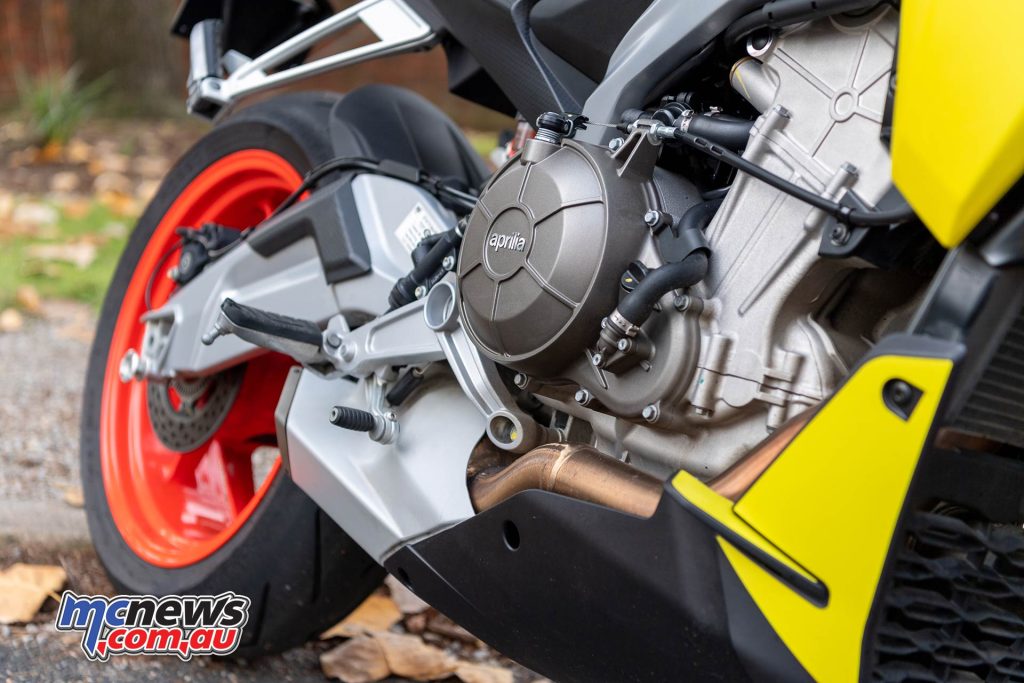
You see I had made the mistake of riding the bike like a traditional twin – using its bottom and mid-range. But it turns out that’s not really where the Tuono 660 is set-up to work well. While the bottom end is nice and linear under throttle, the mid-range takes a bit of a hit in favour of a top end punch (I’m guessing the mid-range hit is in an effort to meet euro emissions).
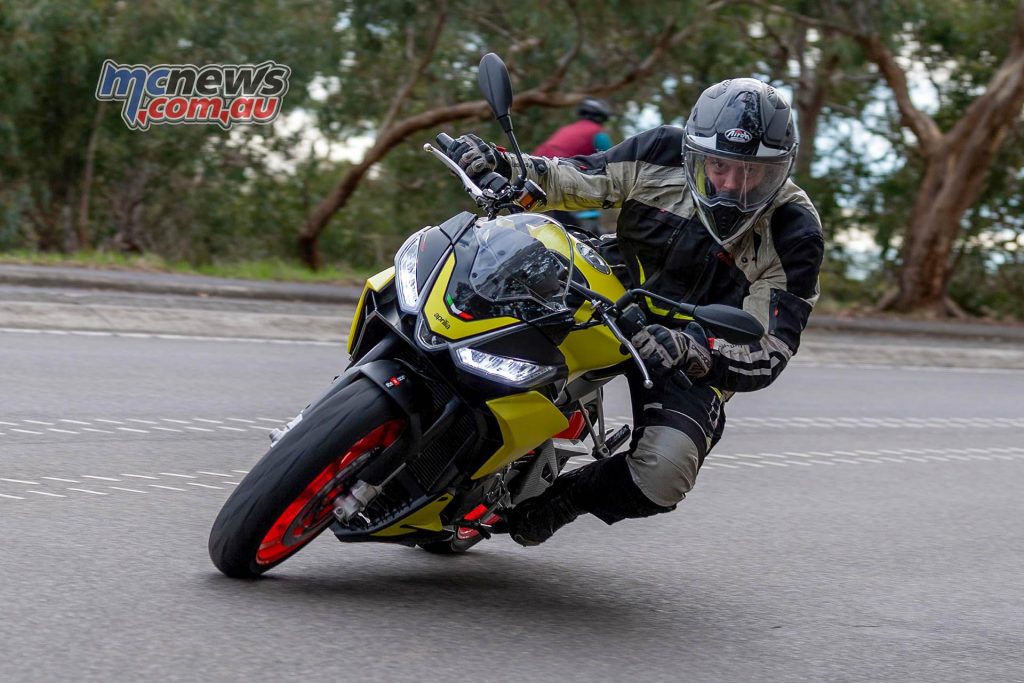
This is a twin that in stock tune actually has a top end. Wring it’s neck and you are surprised by a rewarding bump right up the top. Peak torque arrives at 8,500 rpm and peak power at 10,500 rpm, not far before an 11,500 redline.
Above four grand is where you want it for its best fuelling, above six or seven is its happy place for power. It might be five ponies down on the RS, but that’s negated by shorter gearing. It actually rips pretty well, and sounds proper ace under full gas.
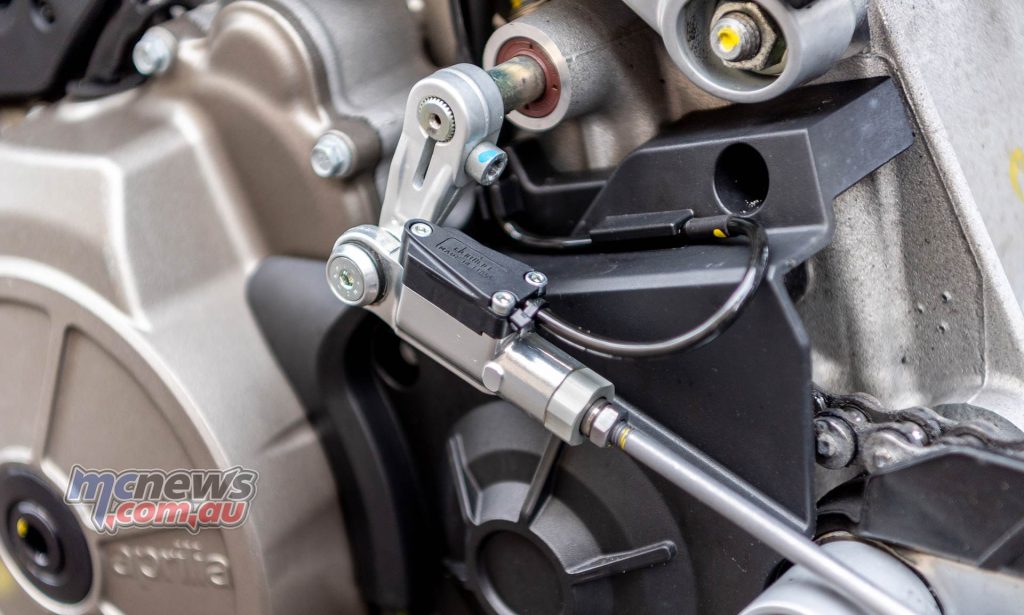
The optional quick-shifter gives a wonderfully satisfying pop on upshifts, but like a few other bikes I’ve sampled recently I found things a bit smoother on downshifts by adding some clutch work. No biggie. The clutch is nice and light.
Once the Tuono 660 front end was in the ballpark I set myself at the other end only to find I’d have to remove the side fairing to adjust damping. Hmmm. That’s a bit of a fail. All it would need is a little hole in that fairing to get a screwdriver in there… anyway. A little more pre-load on the rear sorted things out to a point that I was happy enough to know that with more time (and removing the side fairing to play with shock damping) I’d be able to get this thing handling like it should.
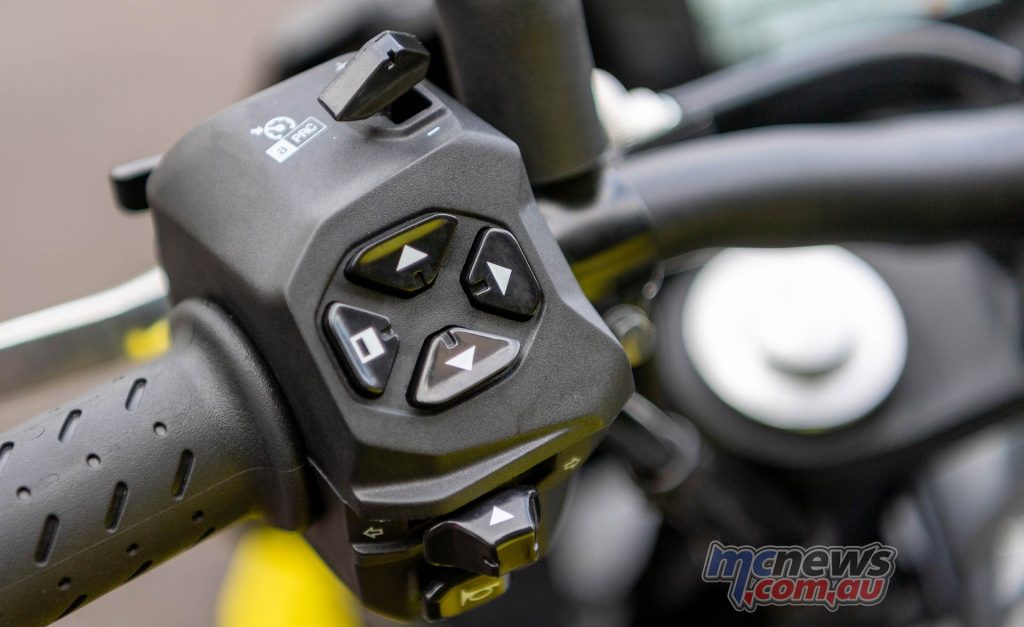
I’m honestly a little bewildered as to why the factory suggests these settings as a starting point, and how anyone else who had ridden this bike on those default settings thought it was a good thing. Maybe I’m weird. Or demanding. Weirdly demanding? For reference, I’m a little north of 85 kilogram so while I’m slightly more than my athletic best, I’m not outside of the norm I don’t think.
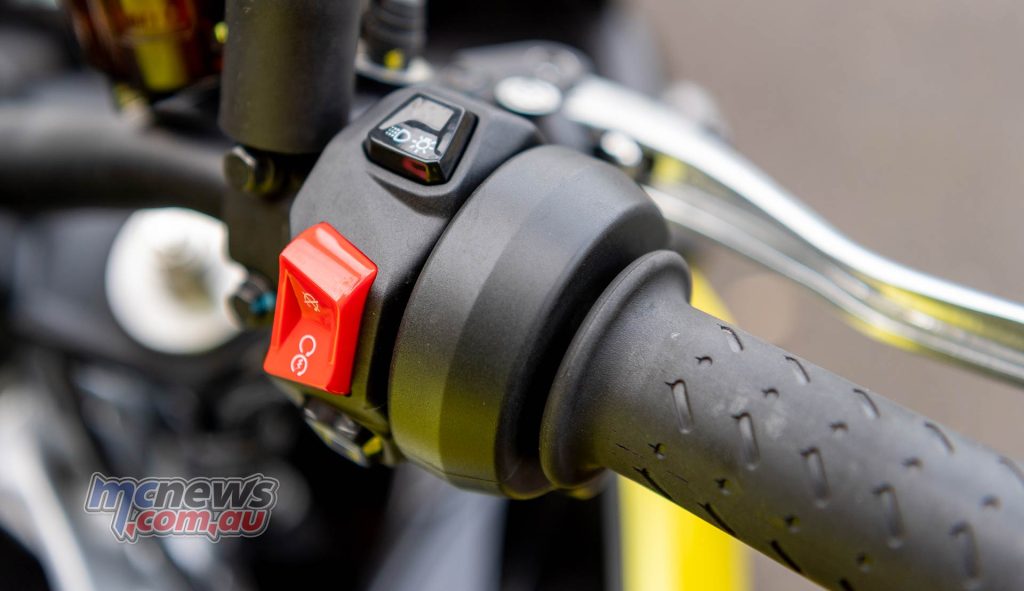
Now with those gripes mostly sorted, the only remaining thing I had issue with was the throttle’s physical action. Personally I felt it to be overly soft and with too long a throw. When I say soft I don’t mean the fuelling either (which is also soft when powering on), maybe ‘loose’ is the better term? The throttle action itself doesn’t feel like it has any tension in it as you wind it on and off. Which only exacerbates the fuelling issue… So I’d be looking to tweak the throttle action too if it was mine.
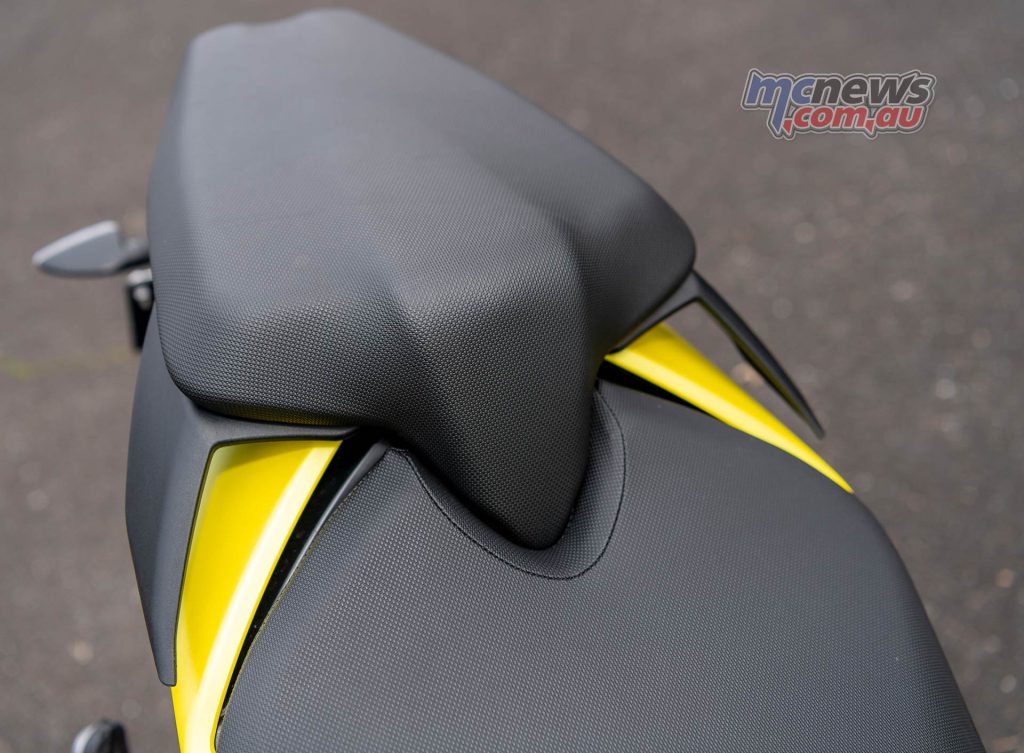
All other controls are nice and light, and the ride position is suitably upright as you’d expect with those bars. The seat is comfortable and while the bulge at the rear of the seat is a bit.. odd.. long rides weren’t an issue. Fuel-wise it was pretty good – you’d be only looking for a top up from around the 250 km mark, with me seeing near 300 km a few times.
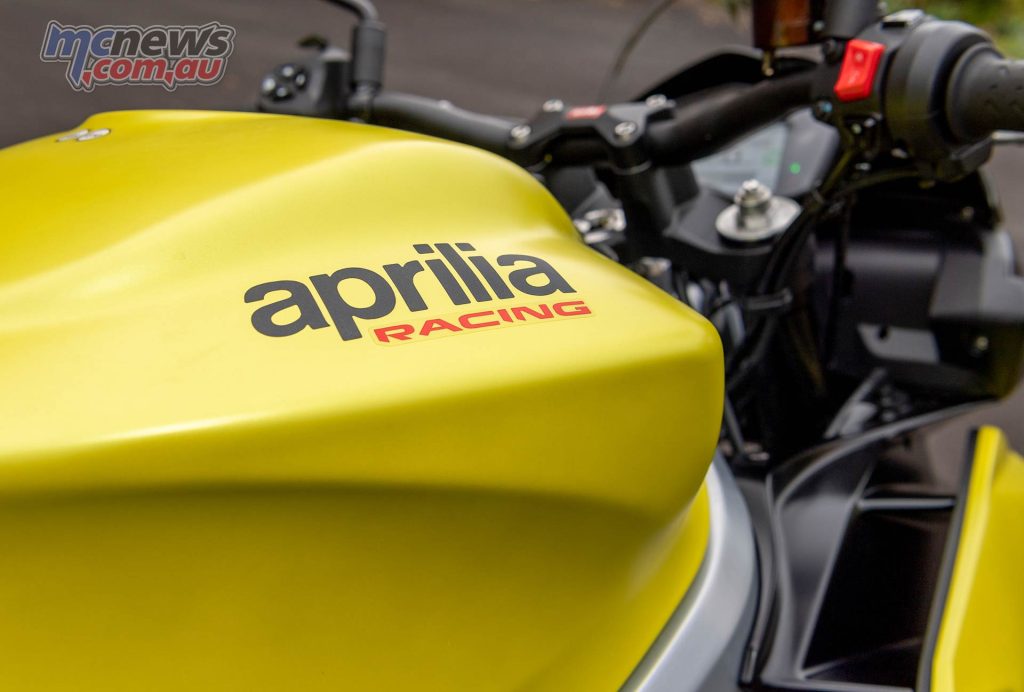
Nice brakes too. But then, do Brembo make bad brakes? I suspect not. Initially I could feel the ABS kicking in on the rear through the pedal with most serious brake applications, but not so much once the front suspension was sorted.
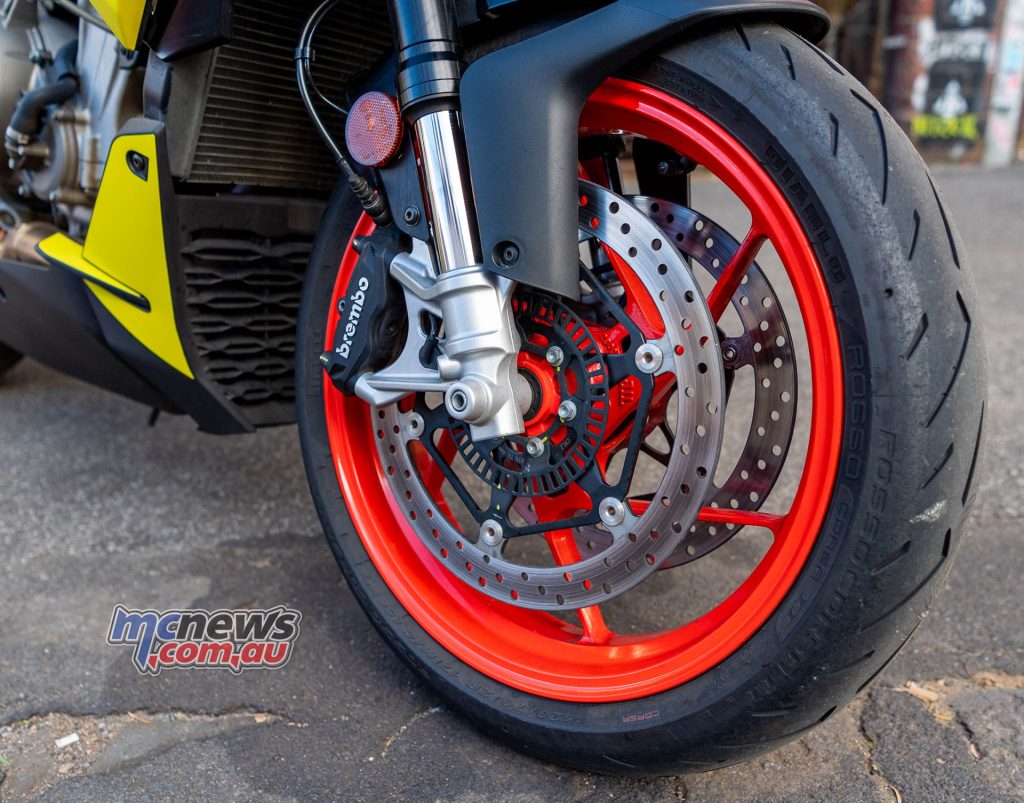
So. All that done. Do I rate it?
I really do.
I thoroughly enjoyed my last few days on it. Which is a far cry from my first few days.
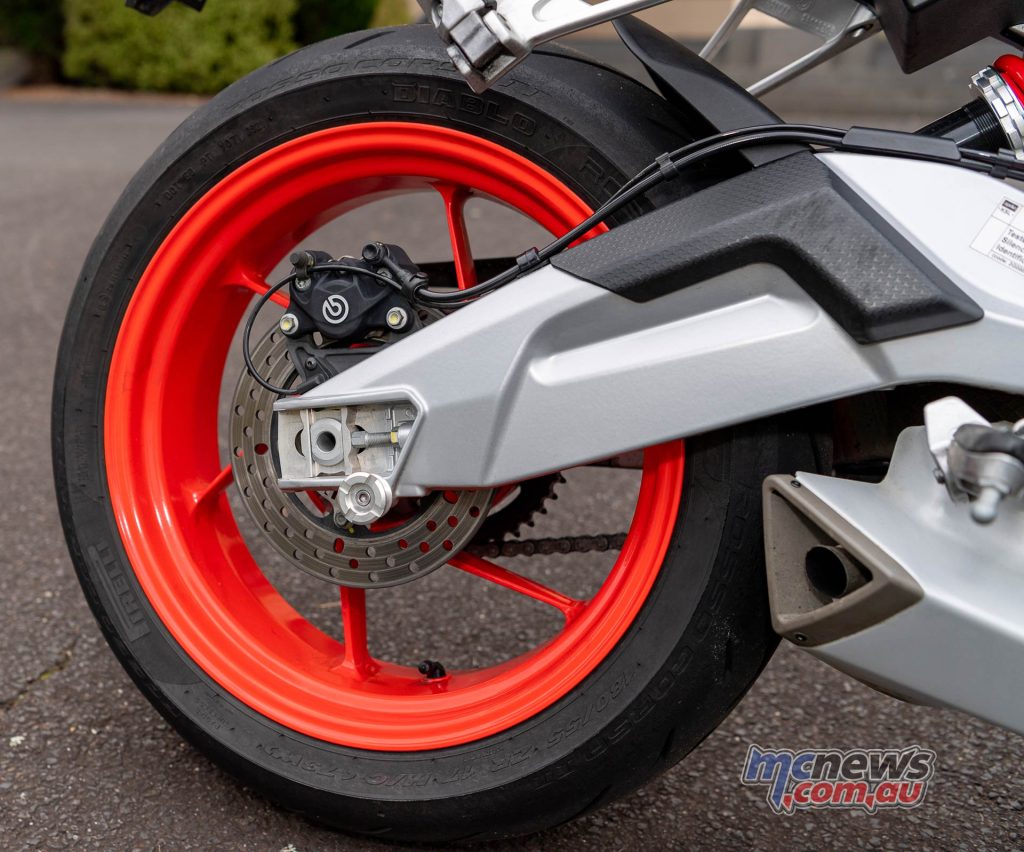
Once you’ve navigated your way to a good set-up, both on the suspension and electronics front to dilute the snatchiness. There’s a gem of a bike to be found. And even then – I reckon there’s still more untapped potential. My mind kept thinking of the tweaks I’d want to do if it were mine… which is generally a good sign.
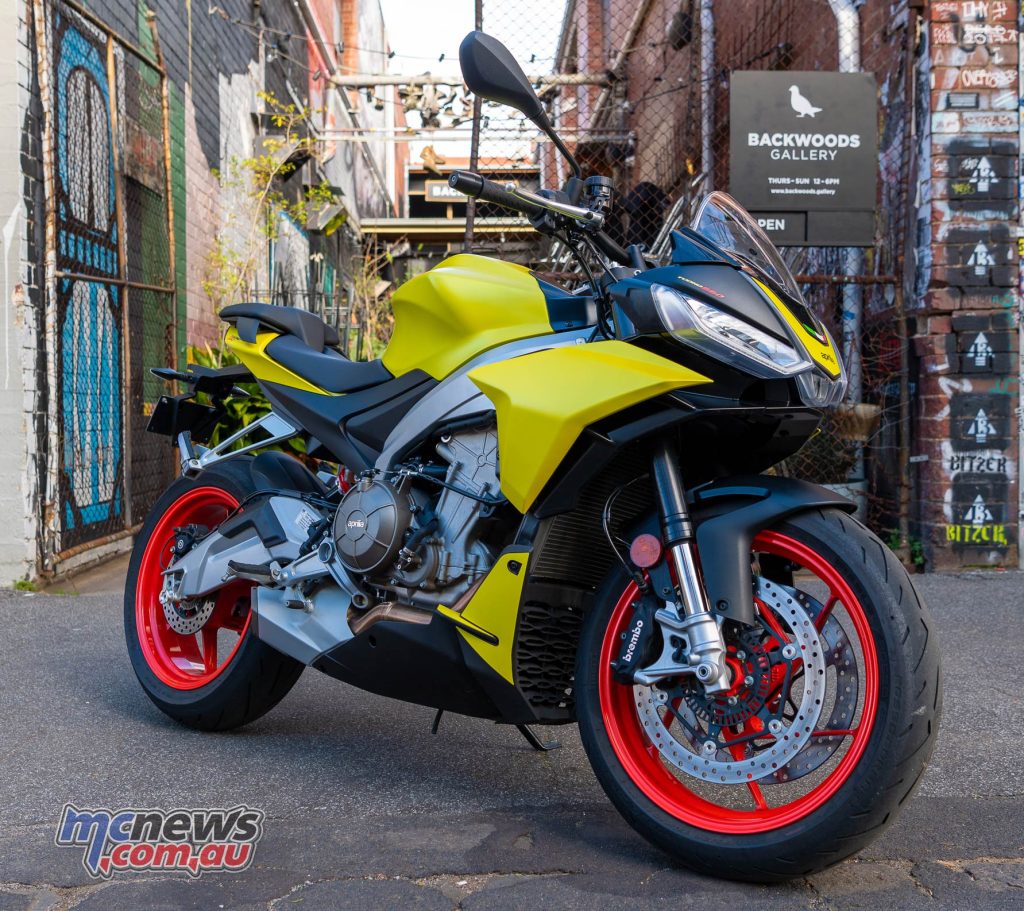
I’ve no doubt that a slip-on and a chip/Power Commander tune would make it next level good. Doing so would both fatten up the mid-range some more and help eliminate the last of the snatchiness, leaving you giggling like a fat spider.
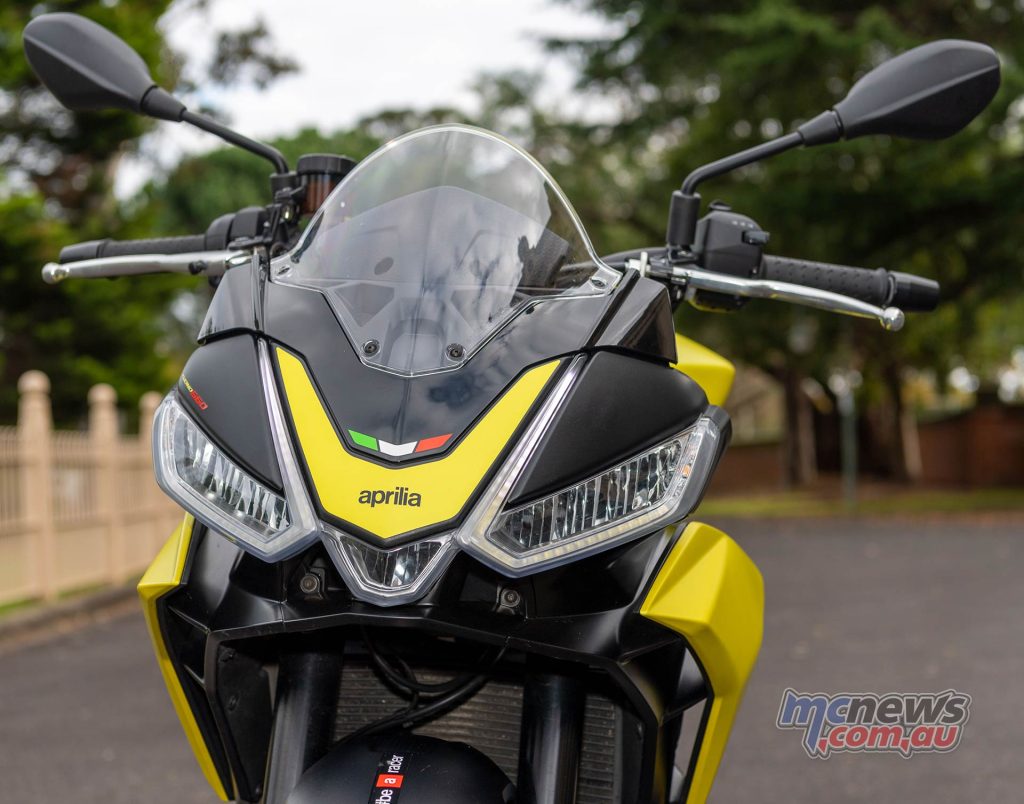
Should you have to do that on a 20 grand bike? Probably not. But it’d be pretty ace. It’d certainly a bit different to all the MT-07s out there on the road… And let’s face it, it’s a very, very pretty bike to look at. Beautifully proportioned and finished. The paint is just gorgeous, particularly on that wonderfully sculpted tank (which translates to a terrific knee tuck btw – great ergos).
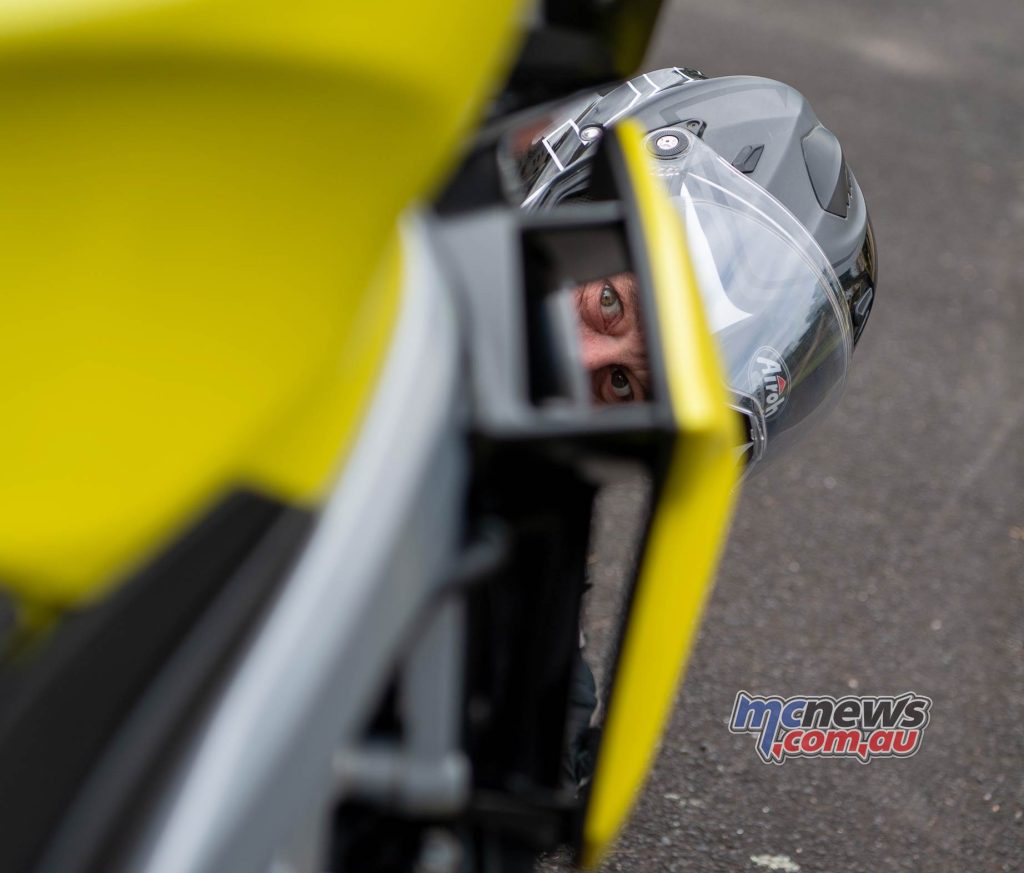
Other things I noticed on the Tuono 660.
- The ride position had the wind hitting me nicely on the chest. No buffeting.
- That glorious satin finish paint on the tank was showing signs of scratches at the back – I’d throw a tank protector on there quick smart.
- Aprilia’s designers obviously give no shits about the owner keeping the bike clean. Lots of tricky to clean bits and bobs. No show stoppers. But worth pointing out that the underside of front screen is mostly inaccessible to cleaning other than to remove it… #pethateofmine.
- Red wheels also show up road grime pretty quick eh… but they look rad.
- No it’s not just an RS660 without the fairings, there are some subtle differences. Slightly different suspension spec, gearing, brakes, power output and tune as well as the obvious ones like handlebars and fairings. In the end, that matters not. Is good Juan.
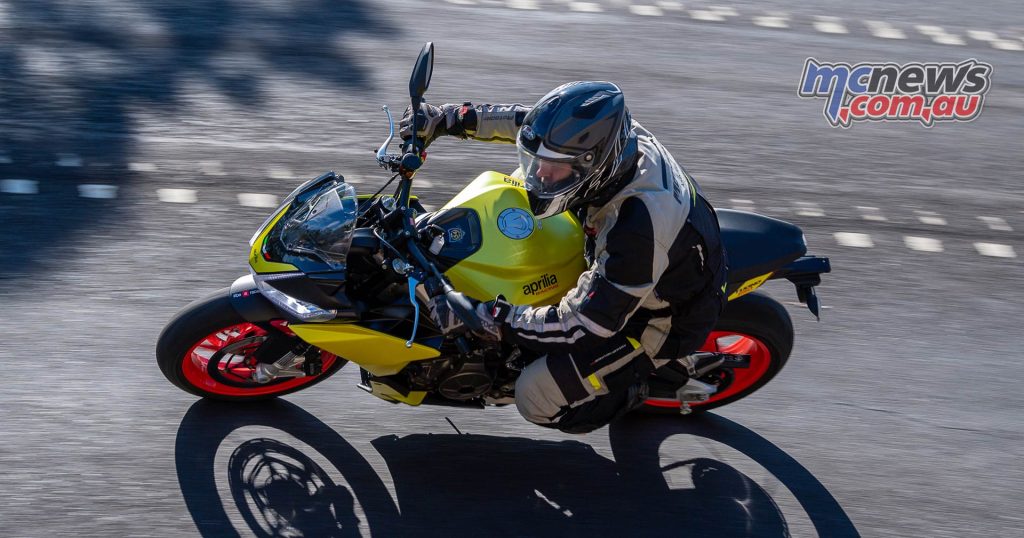
Competitors? Well, the aforementioned MT-07 has to be mentioned, although this is in another price point and another league in terms of performance too so I don’t really think you’d be weighing up both. It’s probably closer to an MT-09 in reality. Or a Duke 890? Street Triple? High praise considering they all have noticeably more capacity (and around 20 hp) on the Tuono 660.. Outright grunt would be down a little but the fun factor would be up there for sure…
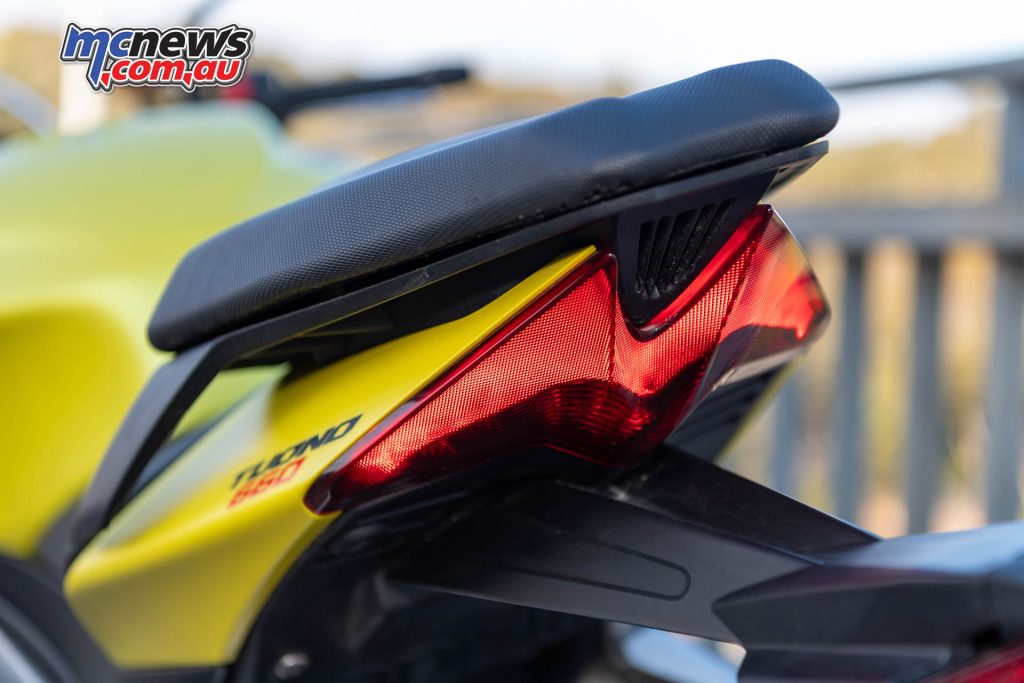
If you like the idea of a bike that will reward being fettled and then ridden well, with enough performance to encourage you to get the best of without being intimidating – this is worth a look.
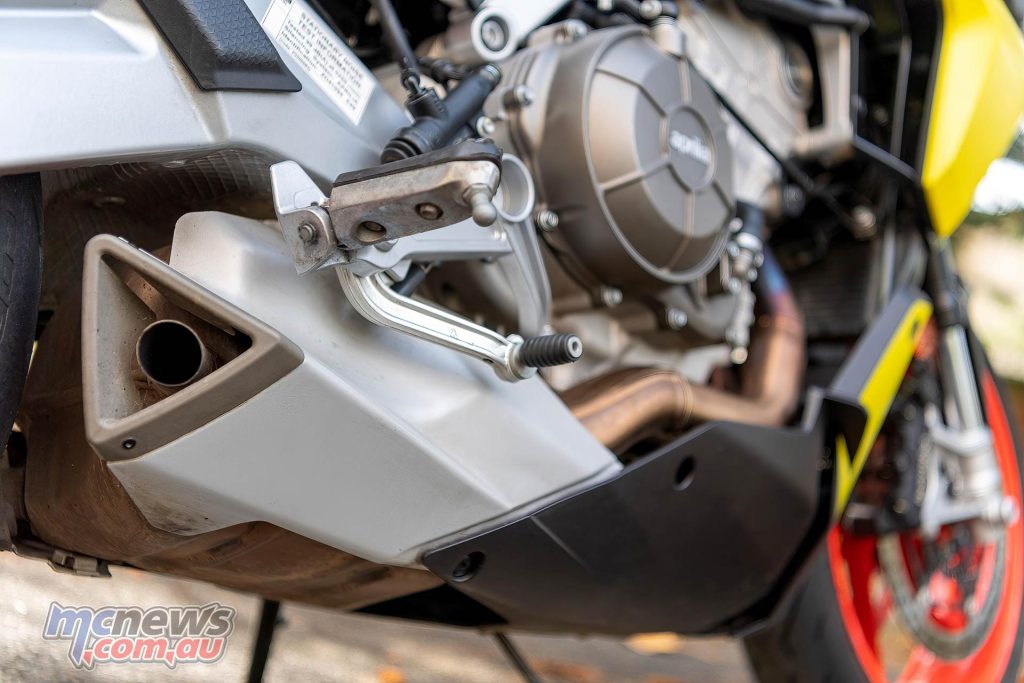
Wonder what it sounds like with a full system on it?
I like Aprilia’s Tuono 660 because…
- Once dialled in, it corners like it’s on rails.
- Lovely engine with a stonking top end for a twin.
- Great ergos and riding position.
- Just look at it! That half fairing treatment is the bomb.
I’d like the Aprilia Tuono 660 more if…
- Suspension wasn’t set overly soft and underdamped from the factory.
- Fuelling was less snatchy – can be minimised by electronic settings, but it’s still there.
- You can’t adjust the rear shock damping without removing a side fairing? C’monnn.
- A tune and a slip on would solve most things…
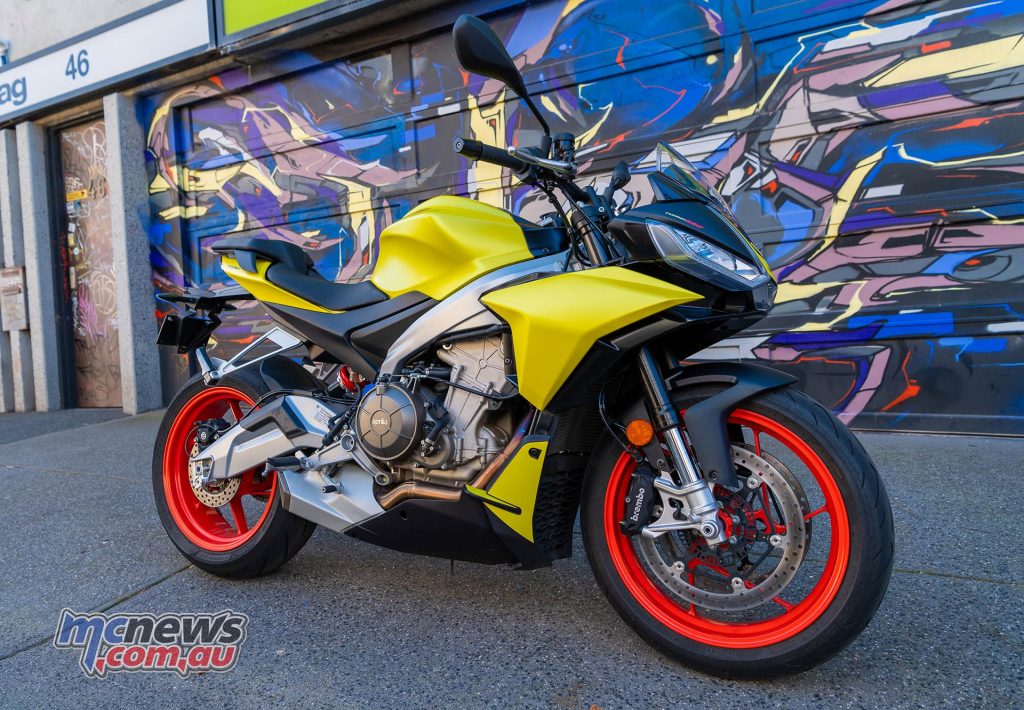
2022 Aprilia Tuono 660 Specifications
| Aprilia Tuono 660 Specifications | |
| Engine | Aprilia forward-facing parallel twin-cylinder, four stroke, liquid-cooled with radiator and water-oil heat exchanger, DOHC with silent chain on the right side, four valves per cylinder |
| Bore and stroke | 81 x 63.93 mm |
| Engine capacity | 659 cc |
| Compression ratio | 13.5:1 |
| Max power | 100 HP (70 kW) at 10,500 rpm |
| Max torque | 67.0 Nm (6.83 kgm) at 8,500 rpm |
| Power supply | Airbox with front air vent. Two x 48 mm throttle bodies, Ride-by-wire management |
| Starting | Electrical |
| Lubrication | Wet sump |
| Transmission | Six-speed. Aprilia Quick Shift (AQS) System up and down (available as optional accessory) |
| Clutch | Multiplate wet clutch with slipper system |
| Secondary drive | Chain, drive ratio 17/43 |
| Electronic management | APRC suite that includes ATC (traction control), AWC (wheelie control), AEB (engine brake) AEM (engine mapping), ACC (cruise control) 5 riding modes (Road and Track, 3 pre-set and 2 customizable) |
| Chassis | Aluminum dual beam chassis with removable seat-supporting subframe |
| Front suspension | Kayaba 41 mm USD fork with top out spring, Aluminum pins to fasten radial calipers. Rebound and spring preload adjustment on a single stanchion. Wheel travel: 110 mm |
| Rear suspension | Asymmetrical aluminum swingarm. Single shock and top out spring with rebound and spring pre-load adjustment. Wheel travel: 130 mm |
| Front brake | ABS 320 mm double disc; Brembo radial calipers with 4 horizontally opposed Æ 32 mm pistons. Radial pump and metal braided brake hose |
| Rear brake | 220 mm diameter disc; Brembo caliper with two Æ 34 mm separate pistons. Master cylinder with separate reservoir and metal braided hose Multimap ABS (Cornering ABS available as optional accessory) |
| Wheels | Aluminum alloy Front: 3.5”X17” Rear: 5.5”X17” |
| Tyres | Radial tubeless, Front: 120/70 ZR 17 Rear: 180/55 ZR 17 (alternatively 180/60 ZR17) |
| Wheelbase | 1370 mm |
| Length | 1995 mm |
| Width | 805 mm |
| Saddle height | 820 mm |
| Headstock angle | 24.1° |
| Trail | 104.7 mm |
| Weight | 183 kg wet weight (169 kg dry) |
| Emissions compl. | Consumption Euro 5 4.9 liters/100 km |
| CO2 emissions | 116 g/km |
| Fuel capacity | 15 Litres (including 4-litre reserve) |
| Colours | Concept Black, Iridium Grey, Acid Gold |
| Price | $20,430 Ride-Away ($16,990 R/A Limited Offer MY21) |
You can also check out the Tuono 660 review by Rennie Scaysbrook, and RS 660 review by Adam Child.

























